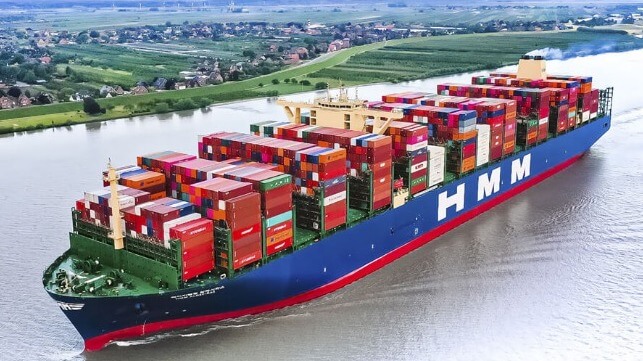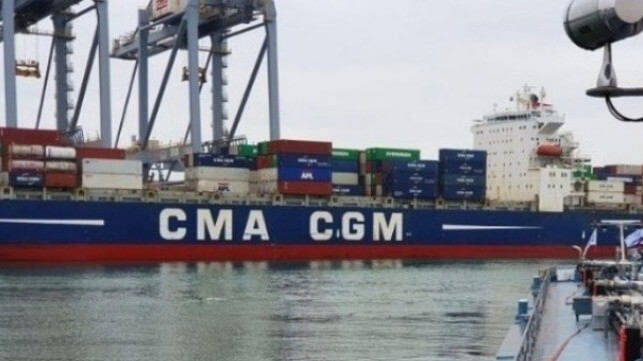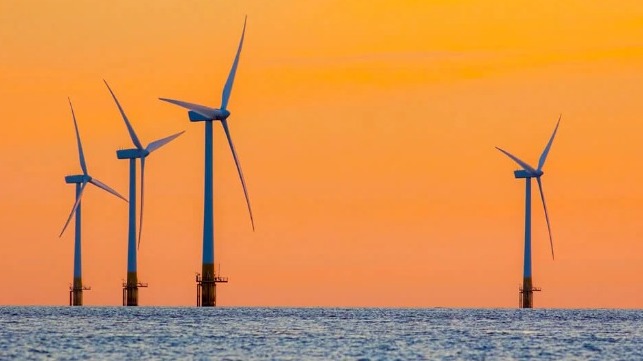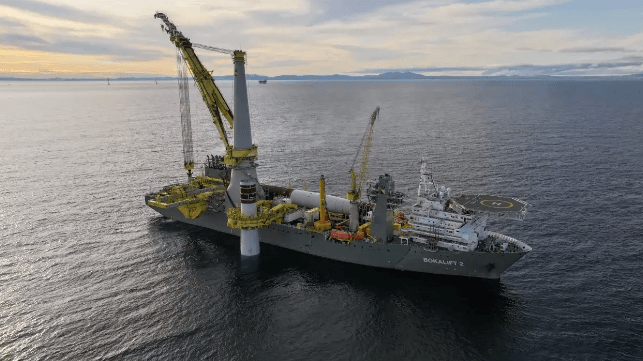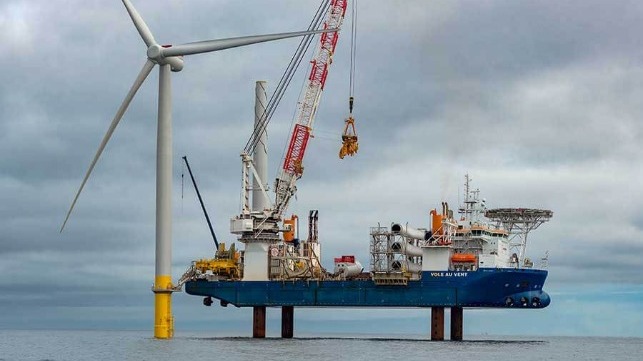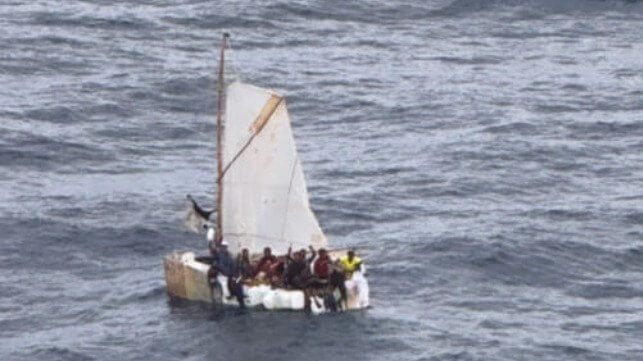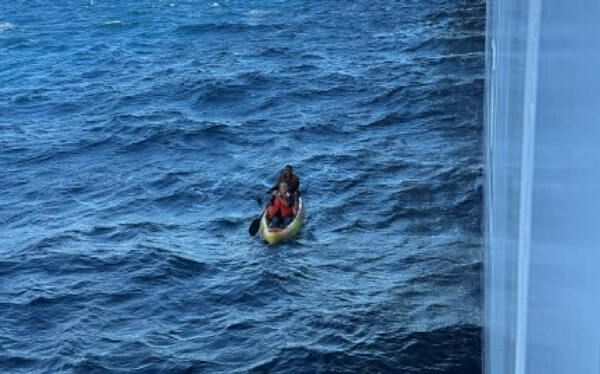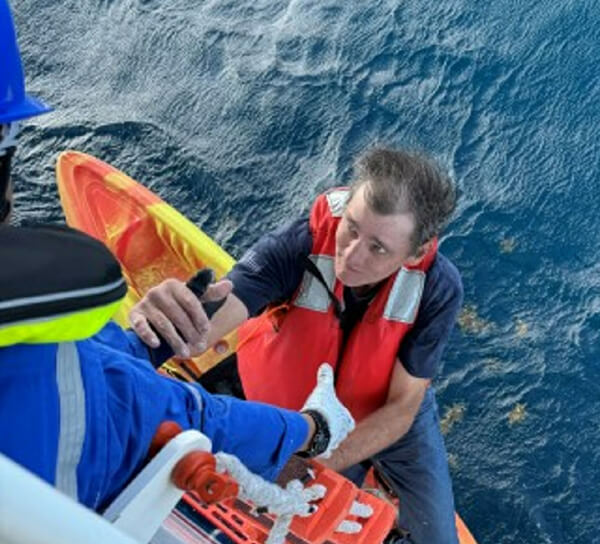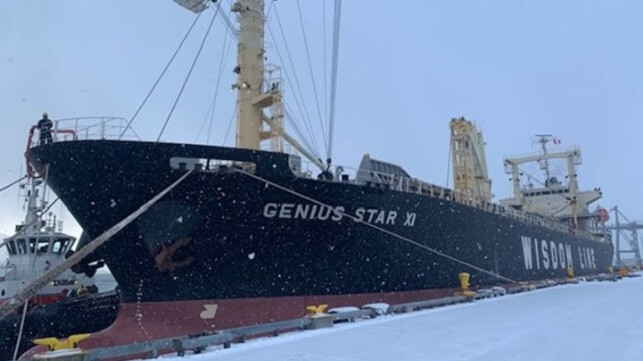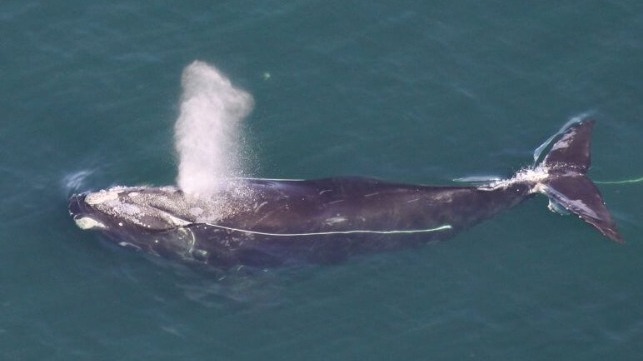Leon's CEO discusses plan to build 4,000 homes near Toronto headquarters
WILL THEY BE FURNISHED?
, BNN Bloomberg
Leon’s Furniture Ltd. has received approval to rezone the area surrounding its Toronto headquarters to make way for 4,000 new homes, the company announced Monday.
The 40-acre parcel of land, located next to the interchange between Highways 400 and 401 north of the city, will include a “new flagship retail store and corporate headquarters on the site,” in addition to the 4,000 residences.
The homes will include “townhouses, mid and high rise buildings and community spaces,” Leon’s said.
“I think there's a huge opportunity in the housing market,” Michael Walsh, president and CEO of Leon’s Furniture, said told BNN Bloomberg in a television interview.
“We're really excited about today (and) in the future. For me, this isn't us taking our eye off the ball as it relates to what got us here, which is furniture, mattresses and everything else we sell.”
As a next step for the development, Leon’s said it will complete “secondary plan” with the City of Toronto, which it expects to complete by mid-2025.
“Phase one will be building a new head office and a new retail store and then phase two is part of a master planning of the community,” Walsh said.
“We work with the city on the secondary plan phase … we're hoping to have that done sometime in 2025 and things can move along a lot quicker now that we have the regeneration area decided on.”
The Leon’s home office has been located on the property since 1969.
REIT ambitions
News of the development has come less than a year after the furniture retailer announced plans to create a real estate investment trust in May 2023.
At the time of that announcement, Leon’s noted that it already had more than 5.2 million square feet of real estate already in its portfolio.
“We've got parcels of land across the country,” Walsh said.
Walsh said the plan to grow the REIT won’t go further until interest rates come down.
“We really have to wait till market conditions are there,” he said.
“One of the key factors is going to be interest rates coming down before we can do a REIT, which is going to be a separate company with a separate CEO and a separate board of trustees.”

